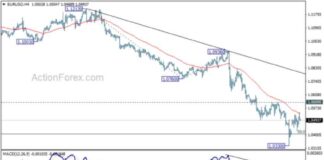The British pound experienced some movement on Wednesday after a period of stagnation. During the European session, GBP/USD was trading at 1.2992, showing a decrease of 0.62% for the day. This drop caused the pound to fall below the significant 1.30 level for the first time since August 20.
The UK inflation report for September came in lower than expected, with CPI dropping to 1.7% year-on-year, down from 2.2% in August. This was below the market estimate of 1.9% and the lowest level since April 2021. The decrease was driven by lower prices for petrol and airfares. Additionally, services inflation, which had been high, fell to 4.9%, its lowest level since May 2022. Monthly CPI remained flat, below the August figure and the market estimate. Core CPI also decelerated in September, coming in lower than expected at 3.2% year-on-year and 0.1% month-on-month. Wage growth also slowed to 4.9% in the three months to August.
The Bank of England is likely to view the drop in inflation and wages positively. With the UK economy struggling under a 5% cash rate, the markets are anticipating a rate cut in November, with a December cut also being a strong possibility. Many central banks have shifted their focus from inflation risks to the labor market, and the BoE could follow suit now that inflation is below the target.
In terms of technical analysis, GBP/USD has broken below several support levels, including 1.3071, 1.3039, and 1.3004. The next support level to watch is at 1.2972, while resistance levels are at 1.3106 and 1.3138.
Overall, the recent movement in GBP/USD reflects the impact of the UK inflation report and the potential for a rate cut by the Bank of England. Investors will be closely monitoring further developments in the coming months to assess the implications for the British pound and the currency markets.

















